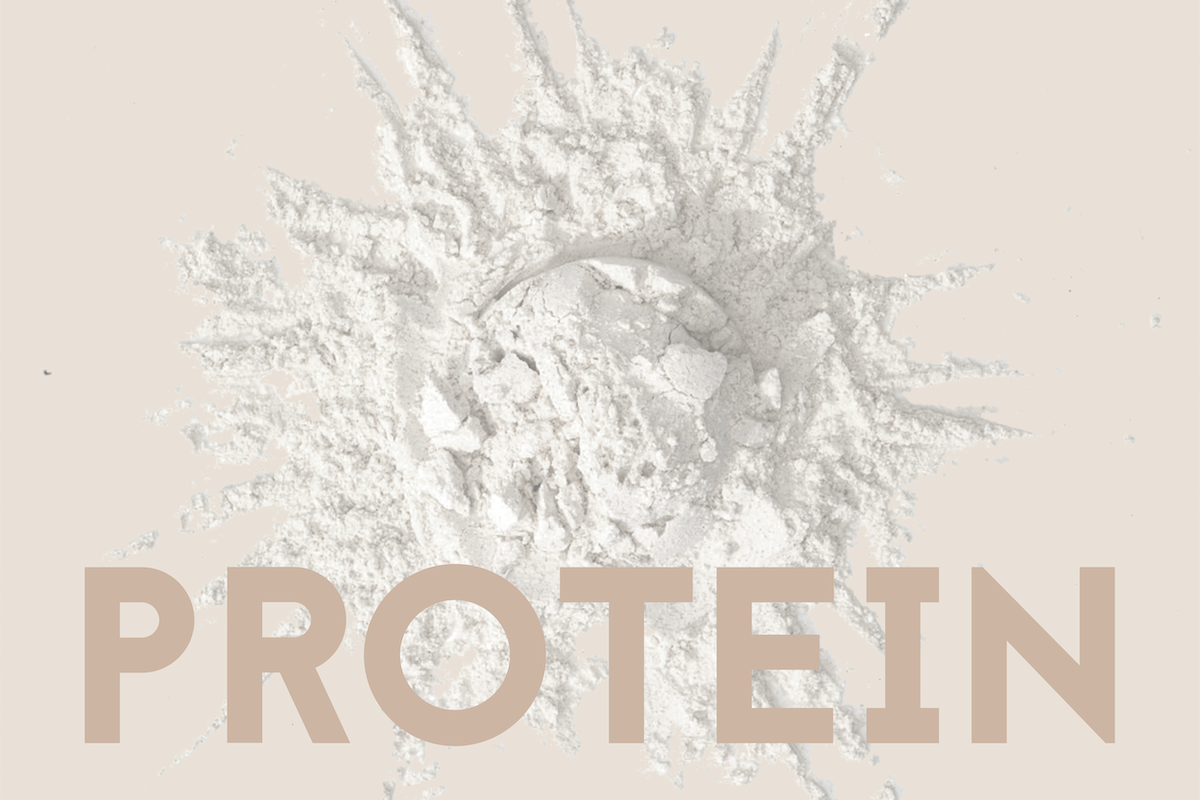If you’re new to the world of protein powder, you may notice an ingredient called whey. You might be wondering what is whey protein made of? Whey is a dairy product that you will find in a lot of foods. Some foods you might not even expect like stock cubes for example! However, today we’re here to talk about how our protein powder, such as the The Lean Protein is made, more specifically how the whey product that’s in it is made.
What is whey protein
Whey protein is a milk protein. It’s derived from milk and is actually a by-product from the process of manufacturing cheese. There are several steps in the whole process of making whey. Starting with the fields that the cows graze in, all the way to putting it in our Innermost Proteins. We are going to take you through all the steps so take a seat, make your selves comfy and let’s begin on our whey protein journey!
Step 1
Our journey begins in the countryside, with cattle that are grazing on fresh grass and are typically several hours away from a city and any pollution. Farms tend to rear thousands of cows, which produce excellent quality of milk. Before we can consume this milk, it must go through a process of pasteurisation to kill off any harmful bacteria. Once collected from the cows, the milk is transported in refrigerated tanks, to a cheese processing factory. The milk is kept at a temperature of about 4°C which will be cool enough to kill of a certain level of bacteria.
Step 2
Once the milk has arrived at the cheese processing factory, the pasteurisation can begin! This process enables the milk to be fit for human consumption, the milk is boiled to about 70-80°C, and then cooled down to 4°C. The bacteria cannot survive extreme temperatures, boiling then instantly cooling subjects the harmful bacteria to these extremes, and kills them off. Once the pasteurisation has occurred, it’s time for the next stage!
Step 3
The milk then has enzymes added to it to separate the casein from the whey. Casein is a product in milk that is found in yoghurt and cottage cheese (and The Strong Protein!). It’s dominant and not needed in our whey process. When the milk is subjected to the enzymes, it separates into solids and liquid. The liquid os the part we need in our whey making journey. As this liquid contains carbs, fats, minerals and water as well as they whey, it needs to be separated out. This is done by purification, our next step.
Step 4
In this stage of the process, the liquid we need is treated, so we can acquire whey protein concentrate. The liquid is loaded into several stainless-steel turbines, which have special filters made from ceramic, which allows a natural process of separation to occur, filtering out the lactose and fats from the liquid to leave us with a whey protein liquid. This liquid is then put into a commercial dryer, with cold and hot air that dries out the water from the whey and leaves us with a 90% whey powder. This process maintains the nutritional value of the whey.
Step 5
We now have whey powder, so now it’s time to send it off to our manufacturers, to test its purity and start our Innermost protein-making process. We add any extra flavours and ingredients to make you the perfect combination for the best results.
What is whey isolate vs. whey concentrate?
There are two ways in which whey can be purified, both of which have different outcomes: whey isolate and whey concentrate. The purification process which we described creates whey concentrate. However, if it’s purified through a cross-flow microfiltration, it will separate from the fat and lactose, thus creating whey isolate.
Each of these whey proteins have differences in their nutrition. The whey concentrate has 80% protein content, whereas the whey isolate has 90%. Isolate also has less fat due to the filtration process, perfect for those looking to lower the level of fat in their diet. With the isolate’s rigorous process of filtration, the lactose is also separated from it, making it more suitable for those that are lactose intolerant.
Which type of whey should you choose?
Depending on your goals, each type of whey can be suitable. If you are looking to use a high-quality protein with less fat, isolate is a great option. It is good to bare in mind that due to the added level of processing that this whey needs, it is usually a little more costly than other whey.
Whey concentrate is ideal for people looking to increase their daily protein intake quickly. It’s got a high level of protein and is a cheaper option to isolate.
Now you know how that unfamiliar, now not so unfamiliar product, whey is made. It’s great to not only know what your ingredients are but also how they are made, gaining a better understanding of what you are putting into your body. So which type of whey will you be choosing?



















